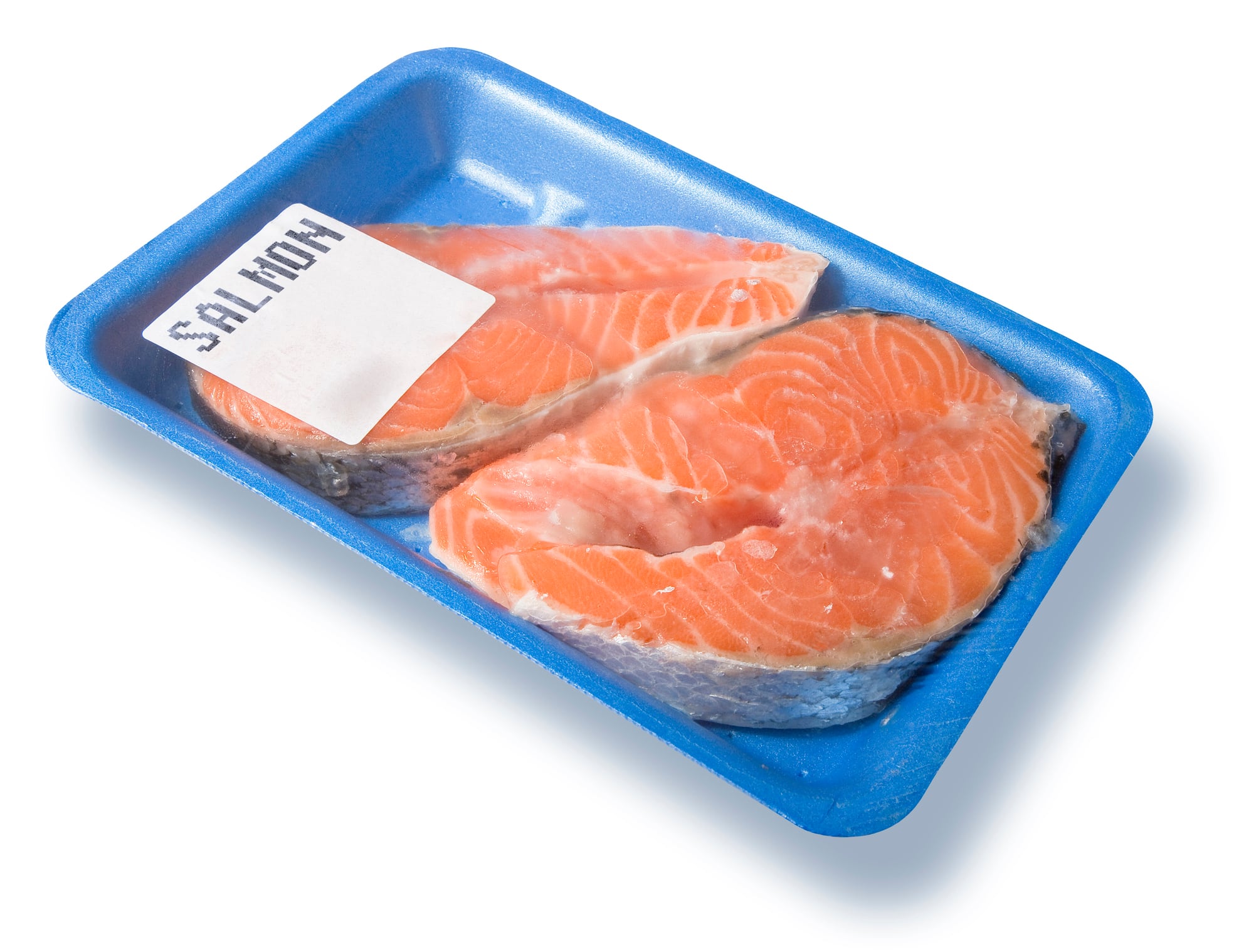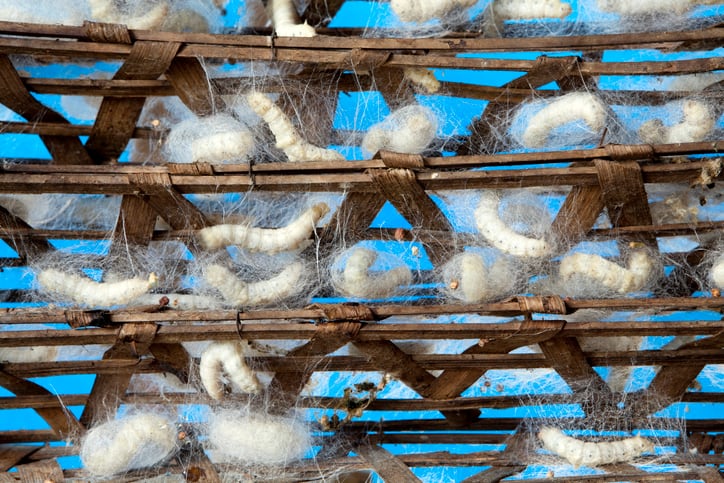Natural astaxanthin commands a premium price, due to the slow growth of producing organisms, cultivation difficulties, and costly extraction processes. New entrants are now working to change that.
Italian startup Asteasier, spun out of the University of Verona, has evolved from an EU-funded research consortium into a commercial venture with its own production facility.
Its flagship product, Astaomega, is based on a non-GMO strain of Nannochloropsis that accumulates both omega-3 fatty acids and astaxanthin, and can be used in animal and human nutrition.
Salmon feed trials
In collaboration with feed major BioMar, Asteasier validated an engineered Synechococcus strain in salmon diets: results released in December 2024 showed pigmentation equal to synthetic astaxanthin, marking a key milestone for commercial adoption.
“Over the past year, we developed an extraction system that allows us to fully valorize one strain of cyanobacteria called Synechococcus. From this strain, we can sequentially extract phycocyanin, astaxanthin, and finally use the remaining biomass - which is rich in protein and nutrients - for aquafeed. This means we can obtain three valuable products from a single strain,” CEO Federico Perozeni told AgTechNavigator.
Astaxanthin use in aquafeed
Astaxanthin is a critical pigment and antioxidant in aquaculture, with demand also growing in human nutrition. It is added to farmed salmon feed to augment color and bolster nutritional value. Today, over 95% of the market is supplied by synthetic astaxanthin, but momentum is shifting toward natural sources, driven by sustainability and consumer preference for ‘clean label’ ingredients.
The company is targeting the aquafeed sector but first needs to secure a positive European Food Safety Authority (EFSA) opinion for its astaxanthin strain. In the meantime, its strategy is to focus on the more lucrative nutraceuticals market with strains that combine antioxidant, protein, and omega-3 functionality.
“Aquafeed market entrance requires time and regulatory approvals. The tests with BioMar were excellent, but we need official authorization before commercializing. That’s a long and costly journey.”
Scale is also a box to be ticked to succeed in the aquafeed space; facility expansion will be required to produce the necessary volumes. “We expect to fully enter the aquafeed market in about four to five years’ time.”
Alongside its astaxanthin and omega-3 accumulating variant, Asteasier is commercializing a proprietary non-GMO Chlorella strain, which consistently produces zeaxanthin and lutein, added Perozeni.
It is now producing that strain at its facility in Modena.
“We don’t define ourselves as just a microalgae producer, we see Asteasier as a technological platform for strain development. The fact we already have commercial strains on the market gives us revenues to invest in future innovation,” he said.
The startup joined the FoodSeed accelerator in Italy, securing €170,000 in funding, and it is now seeking to raise €2.5m to expand operations.
“While we want to produce ourselves, licensing is also an option. The key advantage of our strains is that they don’t require specialized infrastructure. Companies can use their existing cultivation systems and simply switch to our strains. That makes adoption much easier,” reported Perozeni.
Corbion and Kuehnle AgroSystems partner on heterotrophic astaxanthin
Also eyeing the astaxanthin market is industry heavyweight Corbion; it recently partnered with Hawaii-based Kuehnle AgroSystems (KAS) to develop algae-based astaxanthin produced via heterotrophic fermentation for both human and animal nutrition markets.
The approach cultivates Haematococcus algae in the dark, offering efficiency gains over phototrophic (light-dependent) methods while delivering consistent quality at scale, according to Robert Jan de Voogd, general manager, algae ingredients, North America, at Corbion.
This builds on Corbion’s established fermentation platform for Omega-3 DHA, where its AlgaPrime DHA and AlgaVia DHA ingredients are already used in over two million tons of fish feed annually. The company expects similar scalability and cost competitiveness for its astaxanthin product.
“The non-GMO astaxanthin will be positioned as a natural, scalable solution, offered in the formats our customers need and at competitive prices - just as we’ve achieved with our Omega-3 DHA portfolio. Sustainability underpins everything we do at Corbion, and it will be a baseline requirement for this product as well,” de Voogd told us.
Corbion and KAS are now exploring commercialization pathways but have not committed to a launch timeline. Regulatory approvals remain a hurdle, with requirements varying by geography, but Corbion is leveraging its global regulatory teams to prepare dossiers for both aquaculture and human applications.
Aquaculture is expected to be the first target market, building on Corbion’s existing relationships with major feed manufacturers, though the company also plans to enter human and pet nutrition. While exact environmental impact reductions for the new process are still being quantified, Corbion points to its current algae fermentation operations, which deliver a 30-40% lower carbon footprint than fish oil, as evidence of its sustainability credentials.
Market outlook
The race is now on to deliver natural astaxanthin at scale with competitive economics, robust sustainability credentials, and regulatory clearance. As Asteasier enters the field with validated strains and Corbion and KAS leverage industrial-scale fermentation expertise, the competitive landscape is widening.





